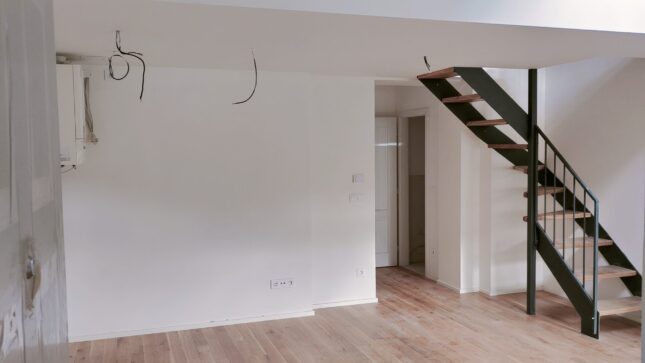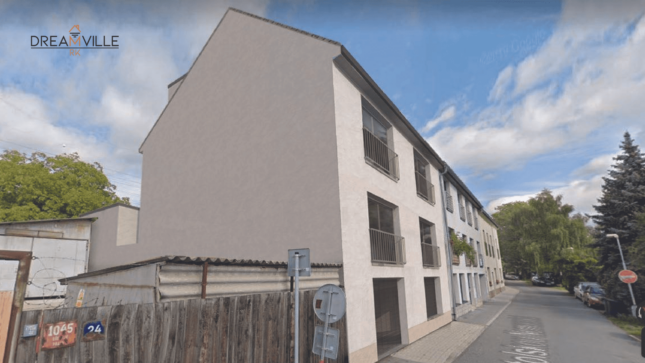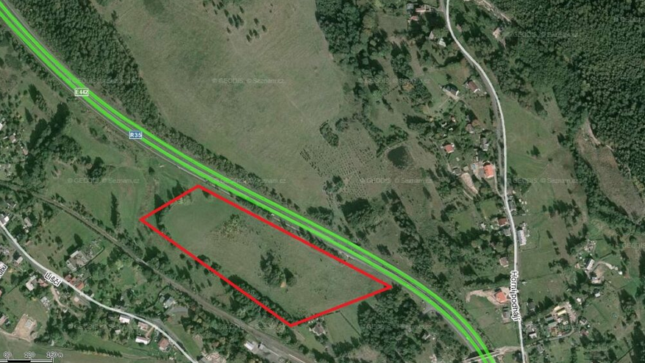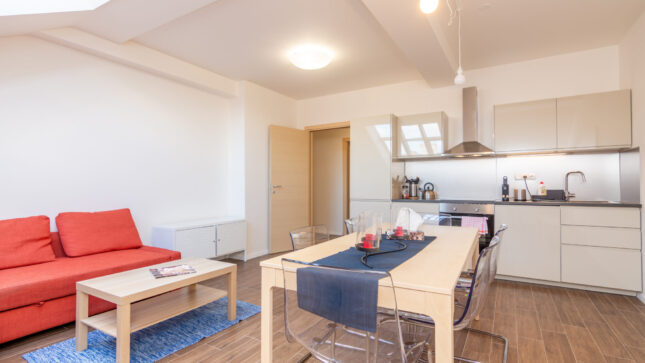We make it easy for you to find the best real estate solution
Dreamville is a well-established company operating in Prague and throughout all the Czech Republic which is primarily specialized in the real estate sector.
Professionality
Dreamville works closely with design professionals to help you with planning, interior design, and construction and renovation work.
Premium services
Dreamville offers a wide range of real estate services in Prague that are always tailored to your needs.
Responsibility
Dreamville is pleased to be able to offer support to non-residents and international customers. Our goal is to free you from all the hassles related to housing.
We will be your allies in the real estate world, not only in Prague but throughout the entire Czech Republic
Dreamville is an agency that offers real estate support in Prague and uses the long-standing experience of Czech and international partners to guarantee tailor-made services to all its Czech and international clients. The agency has close relationships with the best professionals: experts from the corporate sector, tax, accounting, financial consulting and many others.
Dreamville offers a wide range of services in Prague: from the moment you get in touch with the team, you will always be informed about the progress of your property search in Prague, about the management of long-term or short-term leases or about the maintenance of apartments, offices and buildings.















